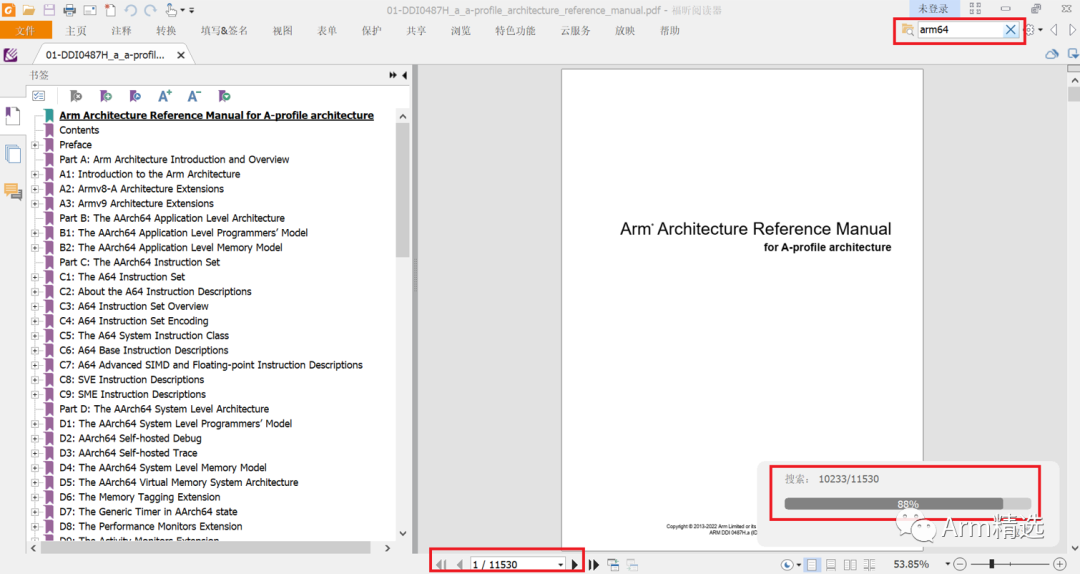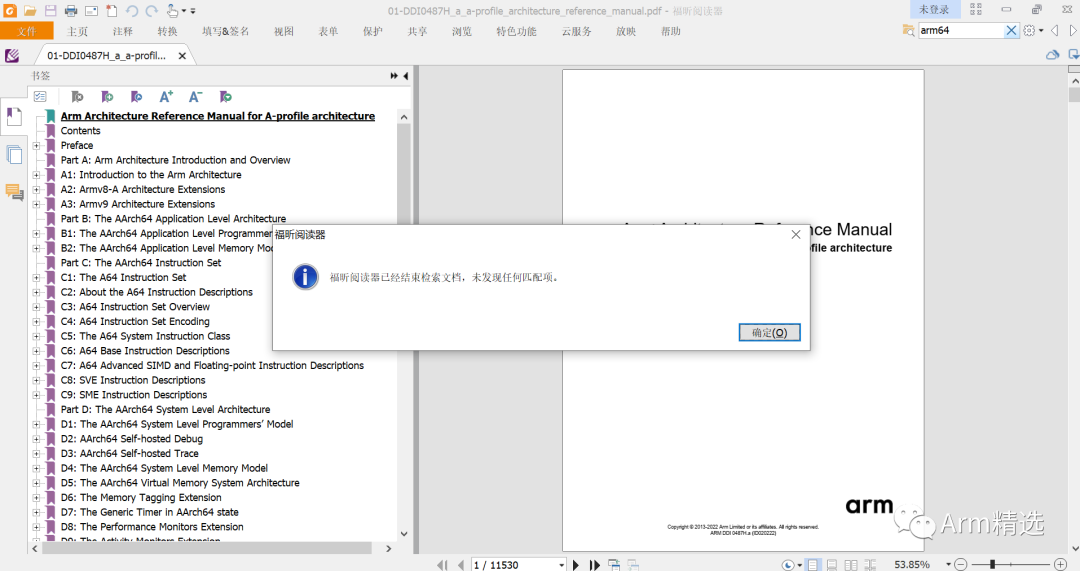Consider this: A64 refers to the instruction set architecture, AArch64 is the 64-bit architecture, ARMv8/ARMv9 are also architectures, and TrustZone is a type of security architecture. Confused? What about ARM64?
1. ARMv7/ARMv8/ARMv9 are the true architectures of ARM. The term architecture can be understood as a technical specification, a technical reference, or a design; in short, it is a technology. With an architecture in place, your product (<span>core IP</span>) can be designed to follow this architecture. For example, the <span>Cortex-A715</span> ARM Core IP is based on the ARMv9 architecture.
2. AArch64 is the 64-bit architecture, while AArch32 is the 32-bit architecture. ARMv7 only includes the AArch32 architecture; ARMv8 includes both AArch64 and AArch32 architectures; ARMv9 gradually removes the AArch32 architecture, supporting only the AArch64 architecture in the future.
3. A64 is the 64-bit instruction set architecture, and A32 is the 32-bit instruction set architecture. AArch64 uses the A64 instruction set, while AArch32 uses the A32 instruction set.
4. ARM64 is not a term or vocabulary used by ARM; it is a term fabricated by the Linux Kernel. In ARM’s hardware/software architecture specifications, and in other operating systems or software (such as OP-TEE, ATF, etc.), the term ARM64 does not exist. You can also check the over 11,500 pages of the <span>ARM</span> manual, where this term is not found.


5. TrustZone is also an architecture, a security architecture. ARMv7, ARMv8-AArch32, ARMv8-AArch64, and ARMv9 architectures all include the ARM TrustZone security architecture.
6. <span>ARM Core</span> is ARM’s IP. In addition to <span>core IP</span>, ARM has various other IPs, such as <span>TZC400</span>, <span>MMU-550</span>, <span>GIC-600</span>, and <span>CryptoCell713</span>…